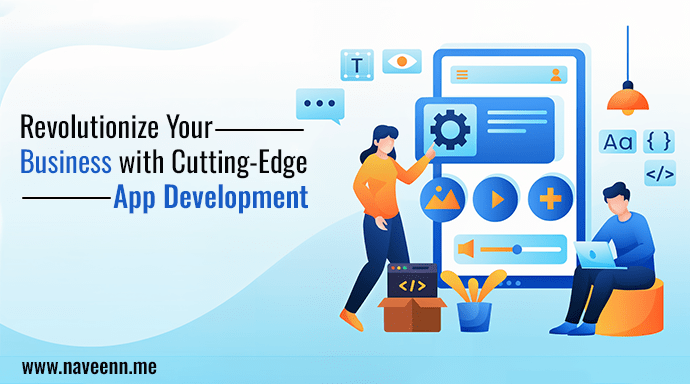Mobile app development is the process of creating software applications that run on mobile devices, such as smartphones and tablets. It involves designing, coding, testing, and deploying applications for mobile operating systems like iOS (for Apple devices) and Android (for devices from various manufacturers). Here are the key steps involved in mobile app development:
1. Conceptualization and Planning
- Idea Generation: Defining the app’s purpose, target audience, and core functionality.
- Market Research: Assessing competitor apps and understanding user needs.
- Feature List: Identifying key features, such as user registration, push notifications, or social sharing.
- Wireframing: Creating a rough sketch or wireframe to visualize the app’s layout and user flow.
2. UI/UX Design
- User Interface (UI) Design: Focusing on the look and feel, including the colors, typography, and design elements.
- User Experience (UX) Design: Ensuring intuitive navigation and a seamless user experience by designing user flows and interactions.
3. Development
- Front-End Development: Building the part of the app users interact with, including designing the layout, animations, and screen transitions.
- Back-End Development: Developing the server-side logic, database management, and APIs for functionalities like user authentication, data storage, and third-party integrations.
- Platform-Specific Development: Choosing between native development (using Swift for iOS, Kotlin/Java for Android), cross-platform development (using Flutter, React Native), or hybrid development (using frameworks like Ionic).
4. Testing
- Unit Testing: Testing individual components to ensure they function correctly.
- UI Testing: Testing the app’s interface for usability and layout consistency across different devices and screen sizes.
- Beta Testing: Allowing a small group of users to test the app and provide feedback before the final release.
5. Deployment
- Publishing: Submitting the app to app stores like Apple App Store (iOS) or Google Play Store (Android).
- App Store Optimization (ASO): Optimizing app metadata, like app title, description, keywords, and screenshots to improve visibility in app stores.
6. Post-Launch Maintenance
- Bug Fixes and Updates: Addressing any issues discovered post-launch and releasing app updates with new features or improvements.
- User Feedback: Gathering user feedback and making iterative changes to enhance the app’s functionality or usability.
Tools and Technologies
- Development Environments: Xcode (for iOS), Android Studio (for Android), or Visual Studio Code (for cross-platform development).
- Programming Languages: Swift (iOS), Kotlin (Android), Java (Android), Dart (Flutter), JavaScript (React Native).
- APIs & SDKs: For integrating third-party services like payments, social media, or analytics.
- Cloud Services: For backend support (Firebase, AWS, Google Cloud).
Types of Mobile Apps
- Native Apps: Built specifically for one platform (iOS or Android) using platform-specific languages.
- Cross-Platform Apps: Built using frameworks that allow a single codebase to run on both iOS and Android (e.g., React Native, Flutter).
- Web Apps: Responsive websites that function like mobile apps but run in a browser.
- Hybrid Apps: A mix of native and web apps, built using web technologies but wrapped in a native shell.
Mobile app development requires a combination of technical skills (programming, design) and strategic planning to ensure the app meets the target audience’s needs and stands out in a competitive marketplace.
